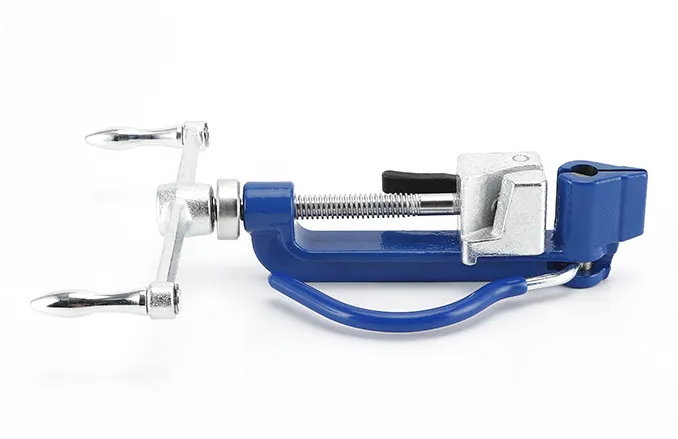
-
 Afrikaans
Afrikaans -
 Albanian
Albanian -
 Amharic
Amharic -
 Arabic
Arabic -
 Armenian
Armenian -
 Azerbaijani
Azerbaijani -
 Basque
Basque -
 Belarusian
Belarusian -
 Bengali
Bengali -
 Bosnian
Bosnian -
 Bulgarian
Bulgarian -
 Catalan
Catalan -
 Cebuano
Cebuano -
 Corsican
Corsican -
 Croatian
Croatian -
 Czech
Czech -
 Danish
Danish -
 Dutch
Dutch -
 English
English -
 Esperanto
Esperanto -
 Estonian
Estonian -
 Finnish
Finnish -
 French
French -
 Frisian
Frisian -
 Galician
Galician -
 Georgian
Georgian -
 German
German -
 Greek
Greek -
 Gujarati
Gujarati -
 Haitian Creole
Haitian Creole -
 hausa
hausa -
 hawaiian
hawaiian -
 Hebrew
Hebrew -
 Hindi
Hindi -
 Miao
Miao -
 Hungarian
Hungarian -
 Icelandic
Icelandic -
 igbo
igbo -
 Indonesian
Indonesian -
 irish
irish -
 Italian
Italian -
 Japanese
Japanese -
 Javanese
Javanese -
 Kannada
Kannada -
 kazakh
kazakh -
 Khmer
Khmer -
 Rwandese
Rwandese -
 Korean
Korean -
 Kurdish
Kurdish -
 Kyrgyz
Kyrgyz -
 Lao
Lao -
 Latin
Latin -
 Latvian
Latvian -
 Lithuanian
Lithuanian -
 Luxembourgish
Luxembourgish -
 Macedonian
Macedonian -
 Malgashi
Malgashi -
 Malay
Malay -
 Malayalam
Malayalam -
 Maltese
Maltese -
 Maori
Maori -
 Marathi
Marathi -
 Mongolian
Mongolian -
 Myanmar
Myanmar -
 Nepali
Nepali -
 Norwegian
Norwegian -
 Norwegian
Norwegian -
 Occitan
Occitan -
 Pashto
Pashto -
 Persian
Persian -
 Polish
Polish -
 Portuguese
Portuguese -
 Punjabi
Punjabi -
 Romanian
Romanian -
 Russian
Russian -
 Samoan
Samoan -
 Scottish Gaelic
Scottish Gaelic -
 Serbian
Serbian -
 Sesotho
Sesotho -
 Shona
Shona -
 Sindhi
Sindhi -
 Sinhala
Sinhala -
 Slovak
Slovak -
 Slovenian
Slovenian -
 Somali
Somali -
 Spanish
Spanish -
 Sundanese
Sundanese -
 Swahili
Swahili -
 Swedish
Swedish -
 Tagalog
Tagalog -
 Tajik
Tajik -
 Tamil
Tamil -
 Tatar
Tatar -
 Telugu
Telugu -
 Thai
Thai -
 Turkish
Turkish -
 Turkmen
Turkmen -
 Ukrainian
Ukrainian -
 Urdu
Urdu -
 Uighur
Uighur -
 Uzbek
Uzbek -
 Vietnamese
Vietnamese -
 Welsh
Welsh -
 Bantu
Bantu -
 Yiddish
Yiddish -
 Yoruba
Yoruba -
 Zulu
Zulu


Dec . 04, 2024 13:59 Back to list
Effective Solutions for Securing Wires with Innovative Clamp Technology
The Importance of Wire Clamps in Electrical Applications
Wire clamps are essential components in various electrical and mechanical applications. These nifty devices serve the primary purpose of securing and managing wires, ensuring safety and proper function in numerous setups, from household appliances to complex industrial machinery. Understanding the significance and functionality of wire clamps can help us appreciate their role in maintaining electrical integrity and promoting safety.
At first glance, a wire clamp may seem like a simple tool, but its importance cannot be overlooked. A wire clamp is designed to hold wires together, preventing them from tangling, bending, or breaking. This is particularly critical in situations where wires are exposed to movement, vibration, or changes in environmental conditions. A well-secured wire will usually perform better and last longer, which can save both time and money in the long run.
The types of wire clamps vary widely, catering to different applications and environments. For example, the most common types include plastic clamps, metal clamps, and rubberized clamps. Each of these variations offers unique benefits depending on the application. Plastic clamps are lightweight and resistant to corrosion, making them suitable for indoor applications. Metal clamps, on the other hand, provide greater strength and durability, making them ideal for outdoor or heavy-duty applications. Rubberized clamps offer additional support, reducing wear and tear on the wires and preventing vibrations that could lead to damages.
In electrical installations, wire clamps play a crucial role in maintaining safety standards
. Properly clamped wires reduce the risk of short circuits, electrical fires, and equipment malfunctions. Loose or eroded wires can pose significant hazards, as they are prone to touches that can lead to electric shocks or other dangerous situations. By ensuring that all wires are firmly secured with clamps, one can significantly enhance the overall safety of the electrical system.wire clamp

Moreover, wire clamps contribute to aesthetic and organizational aspects in both residential and commercial environments. A well-organized wiring system not only looks good but also makes maintenance and troubleshooting much easier. When wires are neatly bundled and secured with clamps, technicians can swiftly identify issues and conduct repairs without the risk of creating further mess or confusion.
In the context of industrial environments, the significance of wire clamps multiplies. Industries often deal with extensive wiring systems that require careful management for optimal operation. In these scenarios, clamps must endure harsher conditions, including exposure to chemicals, extreme temperatures, and heavy vibrations. Utilizing specialized clamps designed for such conditions ensures that the integrity of the wiring system remains intact, thus preventing costly downtimes or accidents.
Installation of wire clamps is relatively straightforward, but their effectiveness significantly hinges upon correct usage. It is crucial to select the appropriate type and size of clamp for the specific wire gauge and intended application. Over-tightening can damage the wire insulation, while under-tightening can lead to improper securing. Professional electricians and technicians often emphasize the importance of following manufacturer recommendations for installation to maximize performance and safety.
In conclusion, wire clamps may appear to be small components, but their impact on electrical safety, performance, and organization is substantial. Understanding their function and employing them correctly can enhance both the durability and efficiency of electrical systems in various applications. Whether in a home setting or an industrial complex, wire clamps contribute to a safer, more reliable, and aesthetically pleasing environment, proving that sometimes, the simplest solutions can make the most significant difference.
Latest news
What Are Construction Tools and How Are They Used?
NewsJul.11,2025
Professional-Grade Duct Rodding Tools for Superior Cable Installation
NewsJul.11,2025
Enhancing Safety and Efficiency with Modern Hot Stick Solutions
NewsJul.11,2025
Empowering Cable Installation with Advanced Rodder Solutions
NewsJul.11,2025
Elevate Your Cable Installation Projects with Cable Pulling Tools
NewsJul.11,2025
Efficient Cable Handling Solutions: Cable Rollers for Sale
NewsJul.11,2025











